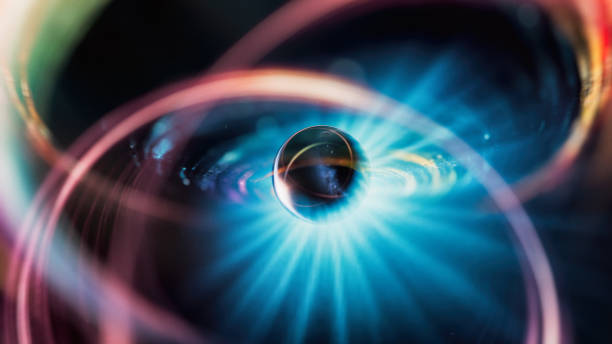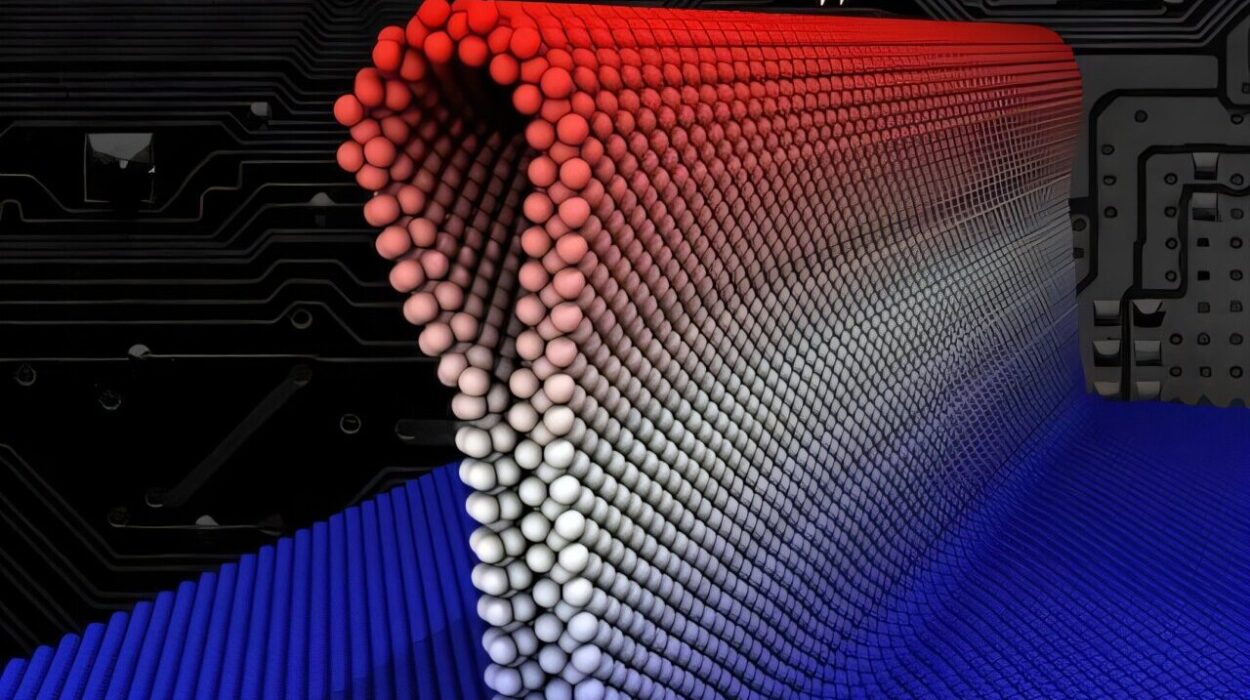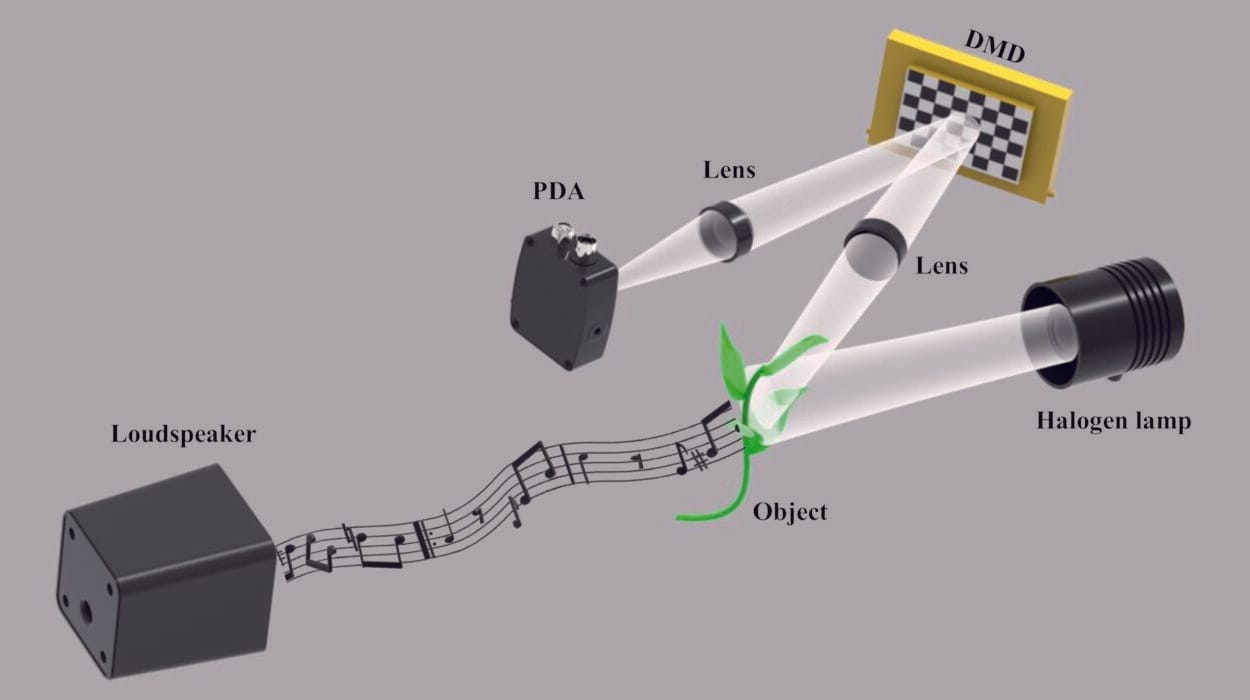The idea that our universe might be a vast simulation — an artificial construct running on an unknown computational platform — has intrigued scientists, philosophers, and the general public alike. This hypothesis, once relegated to science fiction, now occupies serious discussions in physics, computer science, and metaphysics. Could it be that everything we experience — the stars, the Earth, even our own consciousness — is part of an elaborate digital reality created by some advanced intelligence?
This article embarks on an exploration of the simulation hypothesis from multiple perspectives. We’ll dive into its origins, the physics that might support or contradict it, the technological implications, and the profound philosophical questions it raises. By the end, you’ll have a comprehensive understanding of why this hypothesis is not just a speculative fantasy but a topic worthy of scientific inquiry.
The Birth of the Simulation Hypothesis
Before delving into the physics, it helps to understand where the idea of a simulated universe comes from. Philosophical skepticism about reality is ancient, tracing back to Plato’s Allegory of the Cave and Descartes’ evil demon hypothesis. But the modern simulation hypothesis gained its momentum from computer science and the exponential progress in digital technology.
In 2003, philosopher Nick Bostrom formally articulated the hypothesis in his paper “Are You Living in a Computer Simulation?” He proposed a trilemma: either civilizations go extinct before becoming technologically mature enough to create realistic simulations; or they have no interest in creating such simulations; or we are almost certainly living in a simulation. Bostrom’s argument relies heavily on probabilistic reasoning and the assumption that future civilizations would run numerous “ancestor simulations” to study their own evolutionary past.
The idea captured the imagination of many, including prominent physicists and tech innovators, and soon prompted deeper questions: Is there any way to test if we live in a simulation? What features would such a universe have? And what does physics tell us about the fundamental nature of reality?
Physical Reality: Continuous or Discrete?
One of the key challenges to the simulation hypothesis lies in understanding the nature of physical reality itself. Classical physics paints a picture of the universe as continuous — space, time, and matter flow seamlessly and infinitely divisible. However, developments in quantum mechanics and modern physics hint at discreteness, or a fundamental “graininess,” that might align with a computational substrate.
Quantum mechanics, the framework describing particles at the smallest scales, reveals that many quantities — energy, angular momentum, and more — are quantized. Particles exist in discrete states rather than continuous spectra. Moreover, phenomena like the Planck length (about 1.6 x 10^-35 meters) suggest there may be a fundamental minimum scale below which the classical idea of spacetime loses meaning. If space and time are quantized, it’s tempting to imagine them as pixels on a cosmic grid, like the smallest units in a digital simulation.
On the other hand, quantum mechanics is also probabilistic and non-deterministic, and the fabric of reality appears inherently uncertain. This raises the question: could the underlying computational rules of a simulation reproduce such complex quantum phenomena? Or would a simulation be limited to classical, deterministic physics?
Computational Limits and the Universe’s Information Content
To entertain the universe-as-simulation idea, we need to consider the nature of computation itself. Can a system simulate the entire universe, including every particle, every interaction, and every possible quantum state? This demands an astronomical amount of information processing.
Physicist Seth Lloyd estimated the computational capacity of the observable universe. According to his analysis, the universe has performed approximately 10^120 operations on 10^90 bits of information since the Big Bang. These numbers are unimaginably large but finite, which suggests the universe could be thought of as a giant quantum computer running its own physical “program.”
This concept blurs the lines between physics and information theory. Some physicists argue that information is fundamental — the universe at its core is an information-processing system. The holographic principle, an idea arising from black hole physics, suggests all the information contained within a volume of space can be described by data encoded on its boundary surface. If the universe’s information is finite and encoded, this hints at the plausibility of a simulation-like structure.
Quantum Phenomena and Simulation Clues
If we live in a simulation, what clues might we observe in the physical world? Quantum mechanics provides some tantalizing hints.
One intriguing aspect is quantum entanglement — the phenomenon where particles remain connected regardless of distance, their states instantly correlated. Entanglement defies classical intuition and suggests non-local connections beyond conventional spacetime. Could this be a manifestation of the underlying computational architecture, where information isn’t limited by physical distance?
Another hint comes from the discreteness observed in energy levels and particle properties. If the universe is simulated, one might expect “resolution limits,” just like pixelation in digital images or artifacts in video games. Scientists have speculated that certain anomalies in cosmic rays or unexpected behaviors at very high energies could be signs of such underlying “pixels” or computational artifacts.
Some researchers have proposed experiments to detect a lattice-like structure to spacetime or constraints on particle momentum consistent with a computational grid. If such features are discovered, they would not prove a simulation conclusively but would suggest that space and time have discrete elements that might align with computational models.
The Role of Consciousness
A central mystery in the simulation hypothesis concerns consciousness. In a purely physicalist worldview, consciousness arises from the interactions of neurons in the brain — biological processes. But if reality is a simulation, does consciousness also get simulated? Or is consciousness something external to the simulation, potentially linked to the creators of the simulation?
This question intersects with the “hard problem” of consciousness in philosophy and neuroscience — why and how subjective experience arises from physical processes. Some speculate that consciousness itself might be a kind of quantum process, making it more difficult to simulate on classical computers. Others argue that sufficiently advanced computers could simulate consciousness indistinguishably from “real” consciousness.
The idea of consciousness in a simulation raises ethical and metaphysical questions: if we are simulated beings, do we have free will? What responsibilities do the simulators have toward us? Could simulated consciousness be suffering or flourishing in ways we don’t yet understand?
The Physics of Simulation: Theoretical Frameworks
Several branches of physics offer frameworks that resonate with or challenge the simulation idea. Let’s explore some of the key theories.
Quantum Field Theory and Digital Physics
Quantum Field Theory (QFT) describes fundamental particles as excitations of underlying fields permeating space. These fields are continuous in standard formulations, but digital physics suggests the universe’s information might be discrete at the smallest scales. If the fields themselves were discretized on a computational lattice, it could support the simulation perspective.
String Theory and the Multiverse
String theory posits that fundamental particles are tiny vibrating strings in higher-dimensional spaces. It predicts an enormous “landscape” of possible universes, suggesting a multiverse. If a multiverse exists, simulations of universes could be commonplace within a grander computational reality. String theory, however, remains untested experimentally, so its support for simulations is speculative.
The Holographic Principle and Entropy Bounds
The holographic principle implies that all the information inside a region can be encoded on its boundary, much like a hologram stores a three-dimensional image on a two-dimensional surface. This principle emerges from black hole physics and suggests a finite information capacity, resembling the memory limitations of computational devices. If reality is a holographic projection, it could also be a form of simulation.
Testing the Hypothesis: Can We Know if We’re Simulated?
One of the most challenging aspects of the simulation hypothesis is its testability. If our universe is a simulation, what experiments or observations could reveal this?
Some physicists propose searching for “glitches” or inconsistencies in physical laws that would betray computational shortcuts or errors. For example, limits on energy or momentum, anomalous cosmic ray patterns, or discrete spacetime effects could be hints. Another approach is to look for computational constraints — if our universe obeys strict digital logic or exhibits limitations on complexity, it might indicate artificiality.
Others have suggested that simulating a universe requires vast computational resources, so the simulation might only render in detail the parts being observed — a concept called “rendering on demand,” similar to how video games only render the player’s immediate environment. This could result in observable phenomena analogous to rendering artifacts.
Yet, skeptics argue that any such tests might be inherently impossible, since the simulators could control what we observe. This raises deep philosophical questions about the limits of scientific knowledge and whether empirical science can transcend the “simulation wall.”
Philosophical Implications: Reality, Free Will, and Meaning
If the universe is a simulation, what does this mean for our understanding of reality? Does it diminish the significance of life, or does it offer a new framework for understanding existence?
The idea challenges the classical notion of objective reality — that the world exists independently of observers. Instead, reality might be contingent on the computational processes of a higher intelligence. This resonates with some interpretations of quantum mechanics, where observation influences outcomes.
Free will becomes a thorny issue. Are our choices predetermined by the simulation’s programming, or can simulated beings have genuine autonomy? If our consciousness is part of the simulation, the very nature of agency is questioned.
Yet, some philosophers argue that whether or not reality is “real” in the traditional sense, the experiences and emotions we have are genuine to us. Meaning, purpose, and ethics remain valid within the simulation’s context.
Technological Trajectories: Are We Headed Toward Creating Our Own Simulations?
One compelling reason the simulation hypothesis gained traction is the rapid progress in computational technology. Today’s virtual reality, AI, and computer graphics have already created immersive, interactive worlds. As computing power increases exponentially, it’s plausible that future civilizations could simulate entire universes or ancestral histories with conscious beings.
If this is possible, it suggests a kind of technological inevitability — civilizations that reach this stage might run many simulations. Thus, the probability that we are in the “base” reality (the one that created the simulations) might be vanishingly small.
Moreover, efforts to simulate quantum systems and even biological brains on quantum computers hint at a future where the line between reality and simulation blurs further.
The Counterarguments and Scientific Skepticism
Despite the allure of the simulation hypothesis, many scientists remain skeptical. Critics point out that the hypothesis is unfalsifiable — it cannot currently be disproved or proven — making it outside the scope of traditional scientific inquiry.
Others argue that it adds unnecessary layers of complexity to explain reality, violating Occam’s Razor. If the physical universe can explain observations without invoking simulators, why add the assumption of a simulated reality?
Furthermore, the hypothesis raises difficult questions about the nature of the simulators themselves. Who created them? Are they real or simulated? Such regress leads to infinite chains that defy logical closure.
Conclusion: A Hypothesis at the Intersection of Science and Philosophy
Could the universe be a simulation? The question remains open, tantalizing, and deeply challenging. Physics provides some clues that the universe might have discrete, information-based underpinnings compatible with a computational model. Quantum phenomena, holography, and the universe’s finite information content suggest a digital structure is possible.
Yet, conclusive proof remains elusive, and the hypothesis straddles the boundary between science, philosophy, and metaphysics. It forces us to rethink assumptions about reality, consciousness, and existence itself.
Whether or not the universe is a simulation, the exploration of this idea pushes the frontiers of human knowledge and imagination. It calls us to reflect on what it means to be real, to be conscious, and to exist in a cosmos that might be stranger than we ever imagined.






